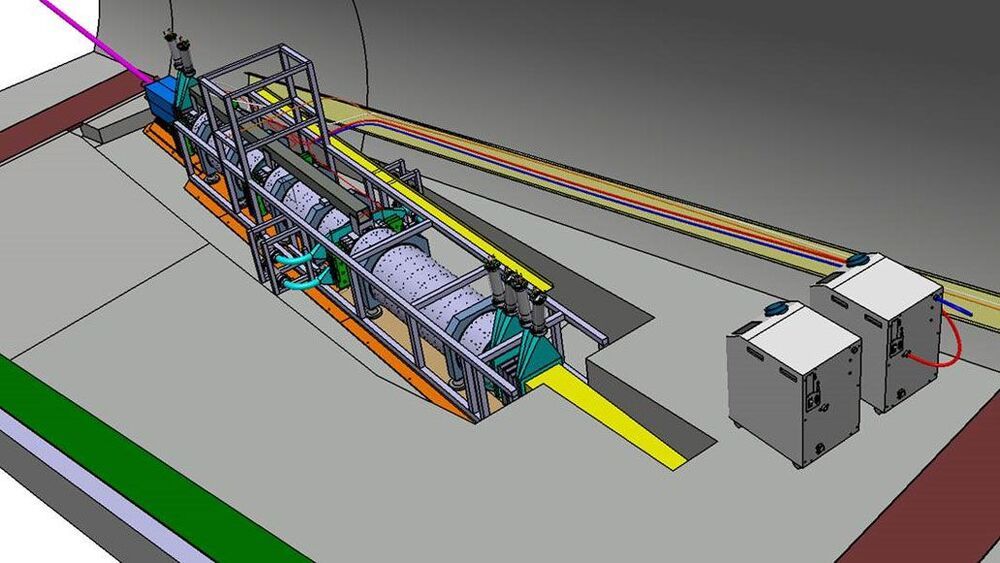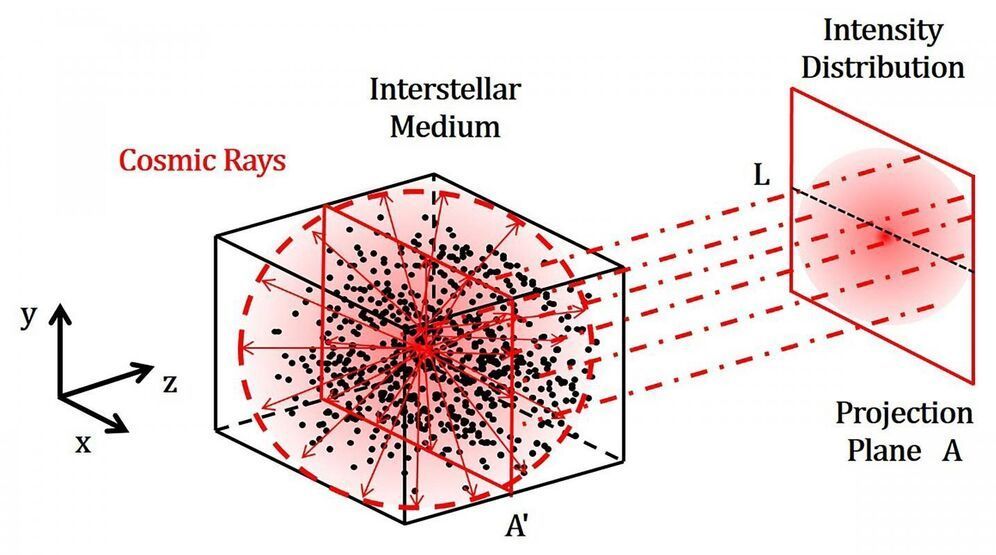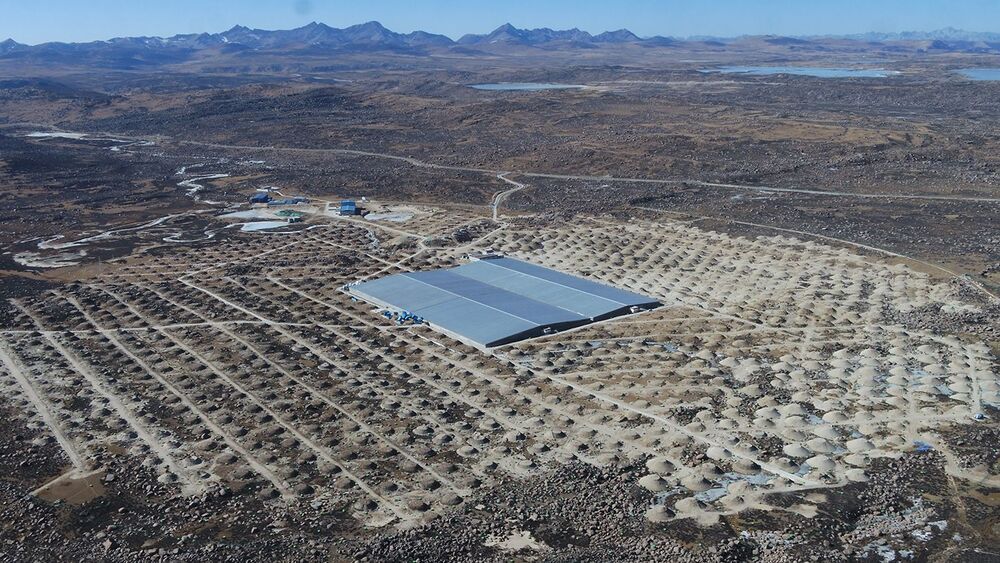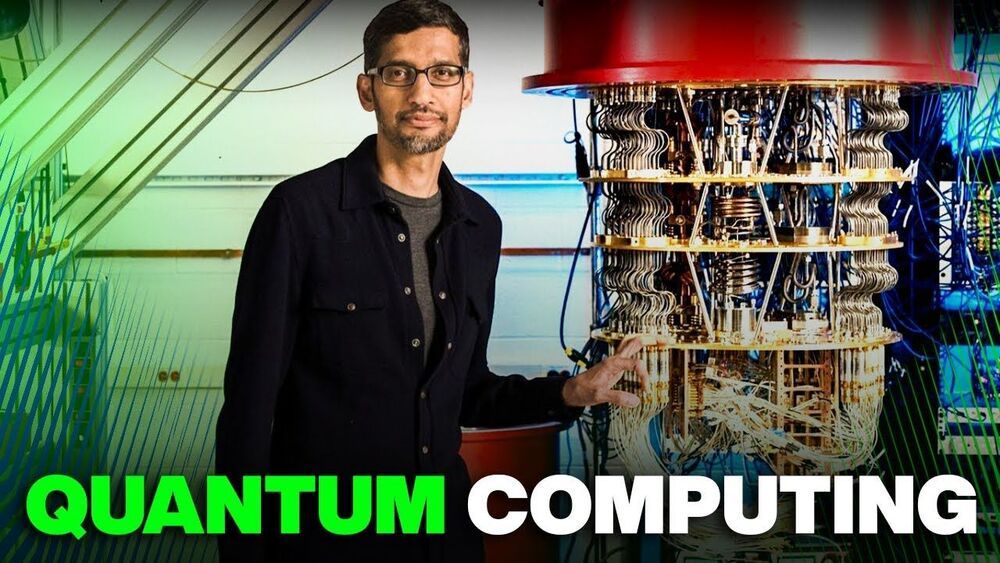May 26, 2021
Scientists find ultraviolet light may create life-essential chemicals
Posted by Quinn Sena in categories: chemistry, mapping, particle physics, space
Circa 2016 o.o!
The theory used to be that hydrocarbons were created in “shocks,” or violent stellar events that cause a lot of turbulence and, with the shock waves, make atoms into ions, which are more likely to combine.
The data from the European Space Agency’s Herschel Space Observatory has since proved that theory wrong. Scientists at Herschel studied the components in the Orion Nebula, mapping the amount, temperature and motions for the carbon-hydrogen molecule (CH), the carbon-hydrogen positive ion (CH+) and their parent molecule: the carbon ion (C+).
Continue reading “Scientists find ultraviolet light may create life-essential chemicals” »


















